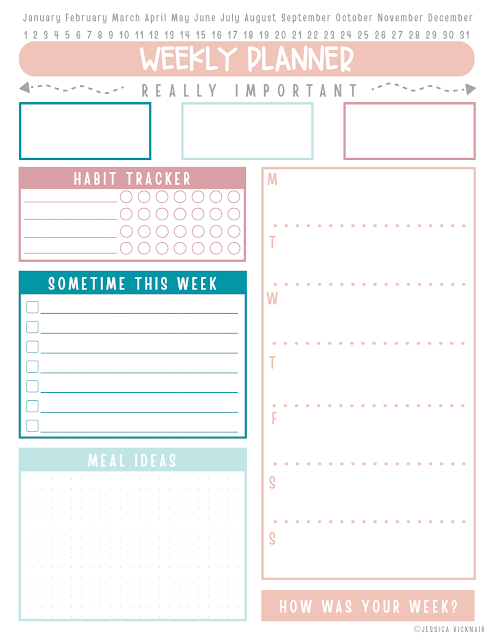Spoiler: You don’t have to rely on a 3rd cup of coffee to feel human by lunchtime.
When I was teaching full-time, I didn’t know what peptides were. I just knew I was tired — like, bone-deep tired. Every. Single. Day.
Back then, I thought exhaustion was just part of being a teacher. The stress, the bloating, the brain fog — I assumed it was normal.
Now that I’ve left the classroom and started focusing on my health, I’ve discovered something that would’ve changed everything: natural peptides.
🧠 First of All, What Are Peptides?
Peptides are short chains of amino acids — basically, tiny building blocks your body already uses to support things like:
-
Energy
-
Focus
-
Sleep
-
Digestion
-
Inflammation control
The peptides I use now (from MAKE Wellness) are all-natural, made from real ingredients, and come in powder packets I mix into water — kind of like a hydration drink, but way more targeted. Some of them also come in capsule form.
☕ What I Used to Do: The Coffee Spiral
Raise your hand if this sounds familiar:
-
Wake up tired
-
Drink a huge coffee
-
Teach 5 hours straight
-
Hit a wall at 1:00
-
Reach for more caffeine
-
Crash by 5:00
-
Still can’t sleep
Coffee worked temporarily, but I was jittery, bloated, and totally drained by the time I got home. And I was still exhausted the next morning.
💧 What I Do Now: Peptides for Energy, Focus, Bloat Support & Calm
Swapping out my third (okayyyy… sometimes fourth) cup of coffee for natural peptides was a game-changer. I still get the energy and focus I need, but with none of the crash, jitters, or anxiety spiral that used to come with it. Here’s what I use now, and what it’s helped me reclaim:⚡ 1. Energized – Clean, Sustained Energy
This powdered peptide gives me a gentle energy boost (yes, it has a little caffeine) without the spikes or crashes. I sip it mid-morning — usually when I start diving into curriculum writing or back-to-back Zoom calls. It sharpens my focus without making me feel anxious or wired.🧠 Bonus: I take it with Focused (capsule) for even more mental clarity when I really need to dial in.
🔥 2. Lean + Fit + Hydrated – Bloat Relief, Recovery & Daily Support
Every morning, I mix Fit (for muscle recovery) and Hydrated (for electrolytes + bloat support) together in water. They taste great combined and keep me feeling clear and balanced all day.
Alongside that, I take Lean (2 capsules) which supports metabolism, reduces bloating, and curbs my appetite — naturally, without stimulants.
Together, these have helped me feel lighter, stronger, and way less sluggish by midday.
😴 3. Calm – Nighttime Wind-Down
This is the powder I pour right onto my tongue every evening before bed. Calm helps me actually relax after a full day of screens and task-switching. I stop scrolling 30 minutes before bed, take Calm, and let myself wind down.I sleep deeper, wake up earlier, and don’t feel like I’m dragging through the first part of the day anymore.
🙋♀️ What I Wish I Knew Back Then
If I could go back and tell my teacher-self anything, it would be this:
“You’re not lazy. You’re not bad at routines. You’re not a bad teacher because you can’t get everything done in your school day. You’re just exhausted, and your body needs real support, not just more caffeine.”
These natural peptides have helped me feel more like myself again — not because they’re magic, but because they support the parts of me that were constantly running on fumes.
🎁 Want to Try My Routine?
I’ve put together a quick guide that shares:
-
My exact peptide routine (when I take what, and why)
-
How I pair it with meal prep, walking, and hydration
-
Links to check out the science and ingredients behind MAKE Wellness peptides
📥 Want it? Grab it here.
💬 Final Thoughts
Whether you’re in the classroom, at home writing curriculum, or just trying to feel better during the workday — you deserve support that works with your body.
I’m not anti-coffee (I mean, have you met me?);. I’m just pro-options.
And these peptides? They gave me mine back.





.png)




.png)


















.jpeg)

.jpeg)


.jpeg)
.jpeg)
.jpeg)







.jpeg)
.jpeg)

.jpeg)


.jpeg)
.jpeg)




